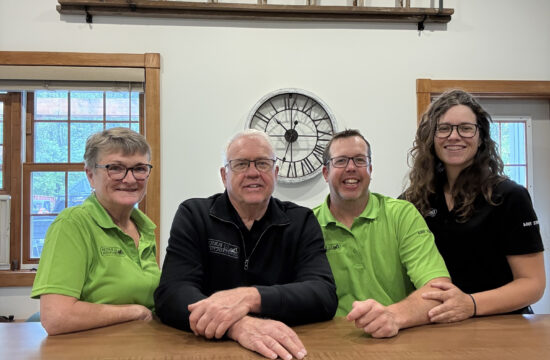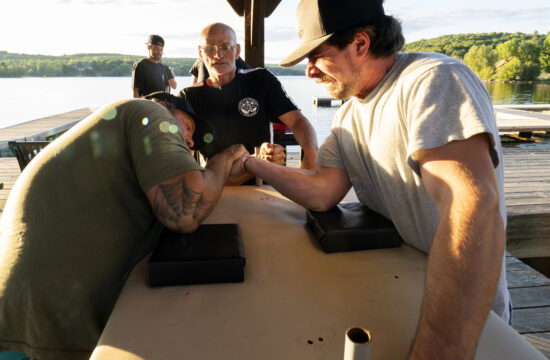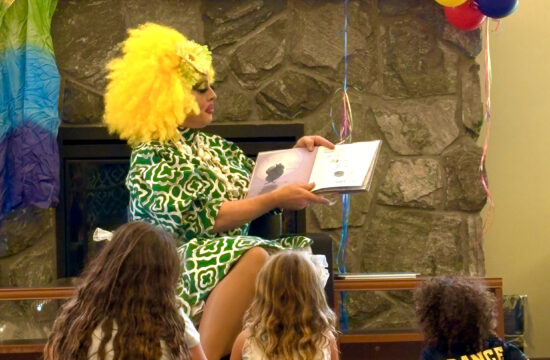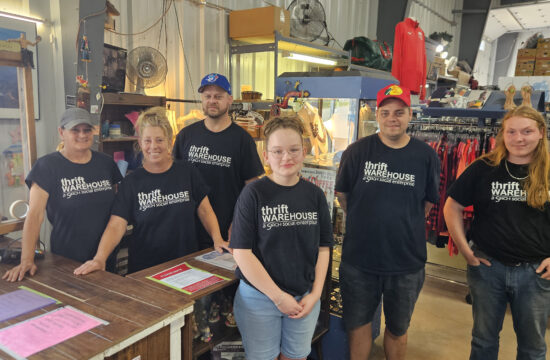By Emily Stonehouse
The dynamic between staff and council has long been a relationship I find interesting.
At a lengthy county council meeting last week, for nearly an hour, councillors stayed at odds over the recommendation for an expansion to their current council chambers; a suggestion based on staff feedback.
In simplified terms, two options were presented based on the current need for additional space: either add an addition to the existing building, or expand across the street through the acquisition of an additional site.
For nearly an hour, both options were debated. In what is often expected and anticipated, county councillors Fearrey and McKechnie from Dysart were on the same page with a Dysart-centric lens, skirting around the options and opting to stick to the status-quo of no changes whatsoever.
County CAO Gary Dyke respectfully held his ground, calmly clarifying a number of times there is not an option available to do absolutely nothing. There were two options presented, and one route needed to be taken. From a safety perspective. From an accessibility perspective. From a growth perspective. Change needed to happen.
Other county councillors were more receptive to the recommendations, noting the needs for expansion are not only required for staff, but for the community as a whole. Having a public meeting space is something county council has lacked for years.
We could dive into the great debate of reasoning behind having four individual municipal offices and council chambers, as well as a separate location and meeting room for the same councillors who are the heads of the lower-tiered organizations, but many readers know my thoughts on moving forward with amalgamation. Nothing but a distant and convoluted dream at this point.
But what I believe was absent during the debate at county council was a true representation of staff needs. County CAO Gary Dyke did an admirable job of sticking to his points and representing the recommendations based on staff requests, even when councillors challenged him.
But the recommendation made to council was primarily based on costs. And of course, I recognize where this comes from. A lower price tag is automatically the favoured approach. At least in most cases.
But I found it interesting that council spent a huge chunk of time deciding whether it was a good fit for them to have a new council chamber, and very little time considering the needs of county staff: the people who are the lifeblood of any municipality.
I used to live near those offices, and every day, before the sun came up, the first lights in the building trickled on. They stayed on until well after it was dark, each and every night. Weekends and holidays included, even if others didn’t see them.
Events, roads, trails, festivals, accessibility initiatives, budgeting; the many intricate factors that make all our communities tick, happen within those walls.
And not by councillors. By people whose faces are rarely seen in meetings, names rarely mentioned in newspapers.
But employee happiness comes at a cost. And if the staff are making a recommendation that their day-to-day can potentially be improved in some small way, it should be up to councillors to see beyond that price tag, and stay open-minded to what it means for the ones who make our communities tick.















